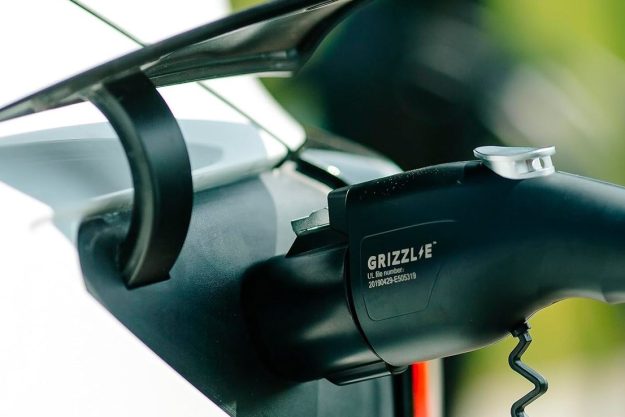
The study is based on a survey of 4,787 American adults taken from November 24 to December 21, 2015. Its findings show that 15 percent of American adults have used a ride-hailing service, while 51 percent have heard of ride-hailing services but haven’t used one. The median age of ride-hailing users is 33, with usage very much skewed toward younger riders.
The youngest group in the survey, 18- to 29-year-olds, lead ride-hailing usage at 28 percent. In the 30- to 49-year-old group, 19 percent have been ride-hailing customers. By contrast, only 4 percent of Americans 65 or older have used the services.
Frequency of use is another factor in ride-hailing weighted toward younger adults. When asked about using ride-hailing on a daily or weekly basis, only 1 percent of people 50 and older responded affirmatively, compared to 3 percent of 30- to 49-year-olds, and 7 percent of all 18- to 29-year-olds. The researchers also noted that, among that younger cohort, frequent use rose to 10 percent for those who live in urban areas.
The survey found that gender and race did not factor in ride-hailing use. However, education and income level were major factors in ride-hailing use. Among college graduates, 29 percent have used ride-hailing services, while usage dropped to only 6 percent of those who have not gone to college.
In American households with a combined income of $75,000 or more, 26 percent have used ride-hailing but ride-hailing is pursued by only 10 percent of those who live in households with an annual income of $30,000 or less.
Location matters across users of all ages, education levels, and income levels. Ride-hailing is more common in and around urban areas, and knowledge and use of the services is correspondingly higher in the city than in remote areas. Overall 21 percent of Americans who live in urban areas are customers compared to only 3 percent in rural areas.
When you look at these groups overall, it’s easy to make general observations. Statistics, of course, are always tricky and it’s usually not a great idea to take them at face value. However, with that disclaimer, it appears safe to say that Uber and Lyft passengers are more much more likely to be younger, higher educated, more affluent urbanites than older, less educated, less affluent country folk. And now we have the numbers to back it up.
Editors' Recommendations
- Uber may be banned in London. Could the same thing happen in the U.S.?
- The best cars for Uber
- You can now combine transit with ridesharing and biking in Google Maps




